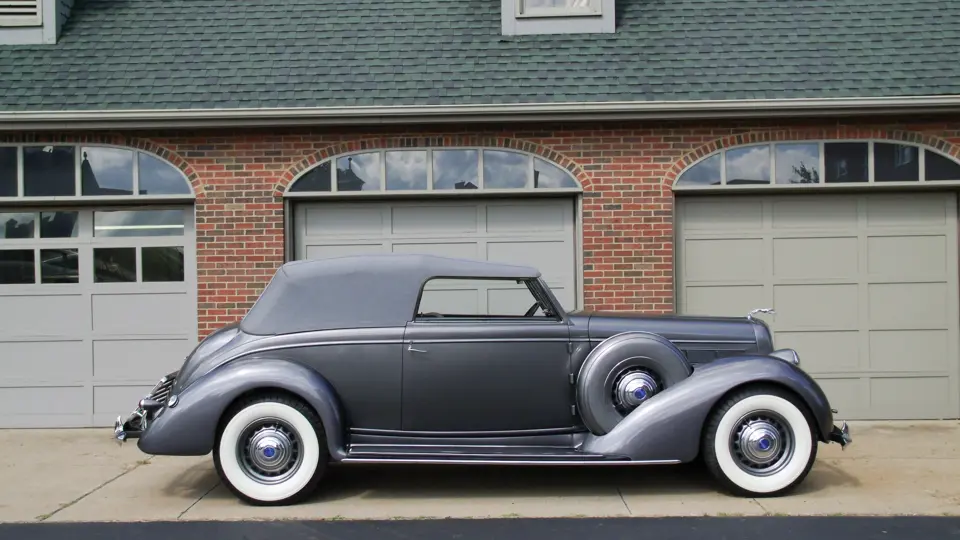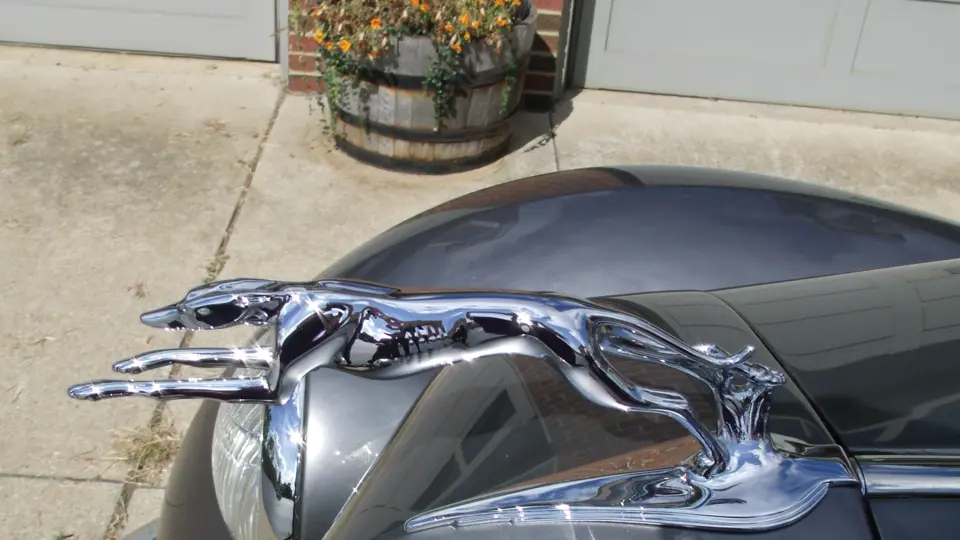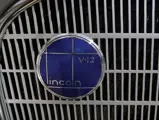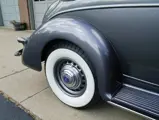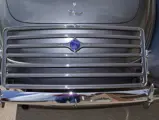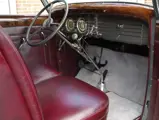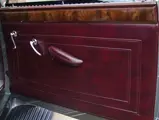150 bhp, 414 cu. in. flathead V-12 engine, three-speed manual transmission, solid front and live rear axles with semi-elliptic leaf-spring suspension, and four-wheel power-assisted mechanical drum brakes. Wheelbase: 136 in.
Of all the coachbuilders to body Lincoln chassis, none is so closely associated with the marque as Brunn & Company, of Buffalo, New York. The association began well before Henry Ford’s purchase of the ailing Lincoln Motor Company, in the era of founder Leland. After the Ford takeover, Hermann A. Brunn and Edsel Ford hit it off very well, and new designs from Buffalo continued.
At its peak, Brunn & Co. employed 150 craftspeople and turned out some 20 bodies per month, with most of them destined for Lincoln. In order to continue the tradition, Brunn sent his only son, Hermann C. Brunn, to Paris to apprentice with Kellner. The younger Brunn returned a year later, well-versed in the carriage trade, and joined his father’s company.
Edsel Ford preferred that his suppliers specialize in certain types of bodies. Thus, Judkins was assigned berlines and coupes, Willoughby the limousines, and LeBaron the convertible sedans. Brunn was given the task of specializing in town cars and convertibles: soft-top broughams, cabriolets, victorias, and dual-cowl phaetons. It was probably no coincidence that these styles were favored by Edsel and thus assigned to his personal choice in coachbuilders.
The Brunn-bodied Convertible Victoria shown here was the fifth of ten built in 1936, with that year’s pontoon-style fenders, pressed steel 17-inch wheels with large hubcaps, and lowered headlamps, and it is one of three known survivors. Its body uses aluminum panels over white ash wood framing, with steel panels from the cowl forward and a brass windshield frame. With Brunn, the quality showed in every nut and bolt.
This car was reportedly custom-ordered on February 12, 1936, by Herbert F. “Hib” Johnson, who was the president of Johnson Wax Company, of Racine, Wisconsin. Mr. Johnson was a man who knew and appreciated custom-designed beauty. He was a patron not only of Brunn, but also of renowned architect Frank Lloyd Wright, and construction of Johnson Wax’s famed Wright-designed headquarters in Racine began the year that this car was built. Undoubtedly, the Lincoln visited the site many times over the next three years as construction progressed, and it would have looked right at home in front of Wright’s modern buildings upon their completion.
The present owner of Mr. Johnson’s Lincoln, a well-known Midwestern enthusiast of the marque, commissioned an extensive body-off, frame-up restoration, with mechanical work by his own shop in Ohio and partial assembly by Lincoln specialist Rick Kriss, of Irwin, Pennsylvania. All body and paintwork was finished to concours condition, in Stonington Grey and Gunmetal Grey Poly, which were the original colors offered on the Model K palette in 1936; the leather interior was custom-dyed to match original factory material as well, and the grey Haartz cloth fabric top was an available custom option. The engine and transmission were fully rebuilt.
Since the completion of the restoration in September 2012, this car has been shown to award-winning results at the Glenmoor Gathering of Significant Automobiles in Canton, Ohio, that same year, as well as at the Concours d’Elegance of America at St. John’s in 2013. Driven very little but consistently well-maintained by a professional staff, it would require virtually nothing for continued concours showing or for use as a dependable multi-cylinder touring car on AACA activities or CCCA CARavans.
Carrying fascinating ownership history and a wonderful restoration, as well as one of the most beautiful factory-custom bodies of the period, this Lincoln is a superb choice for any collection of great American cars.

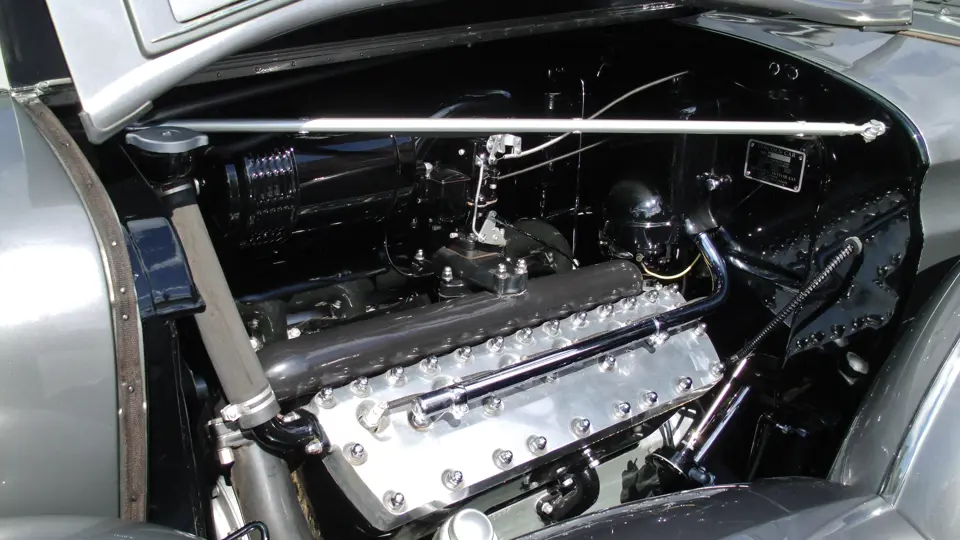
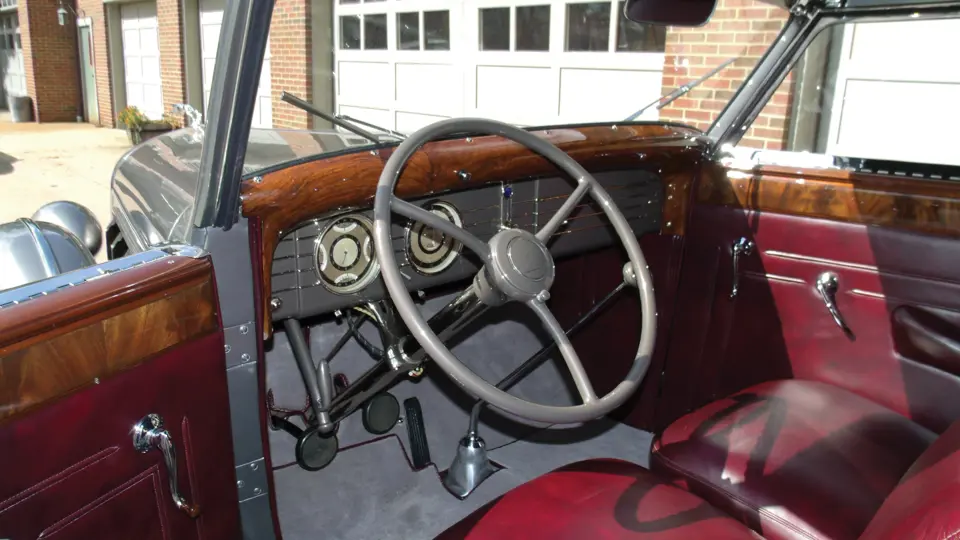

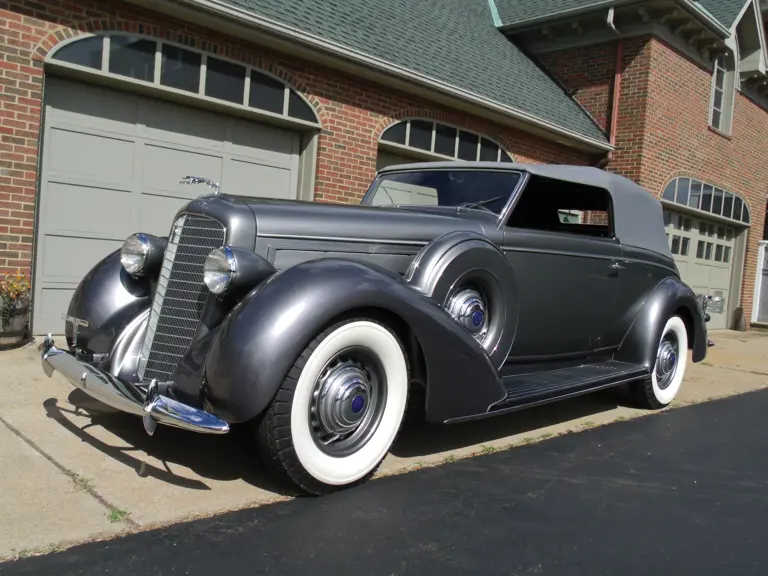
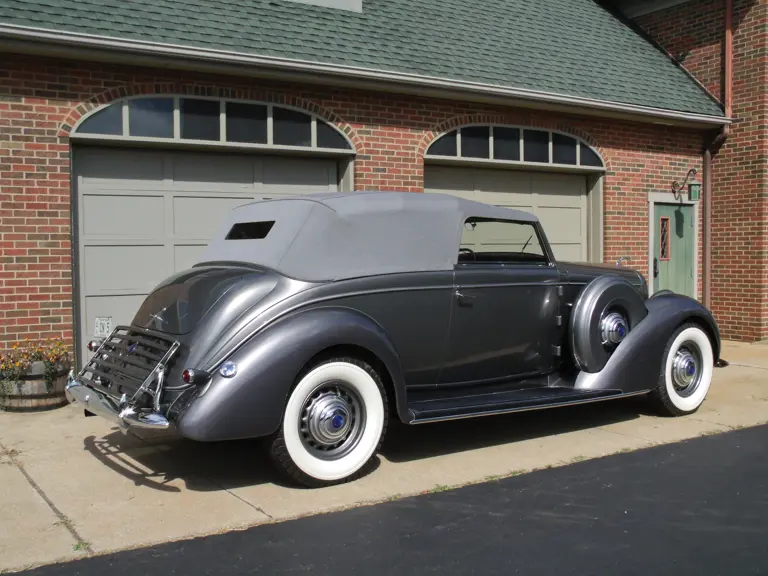
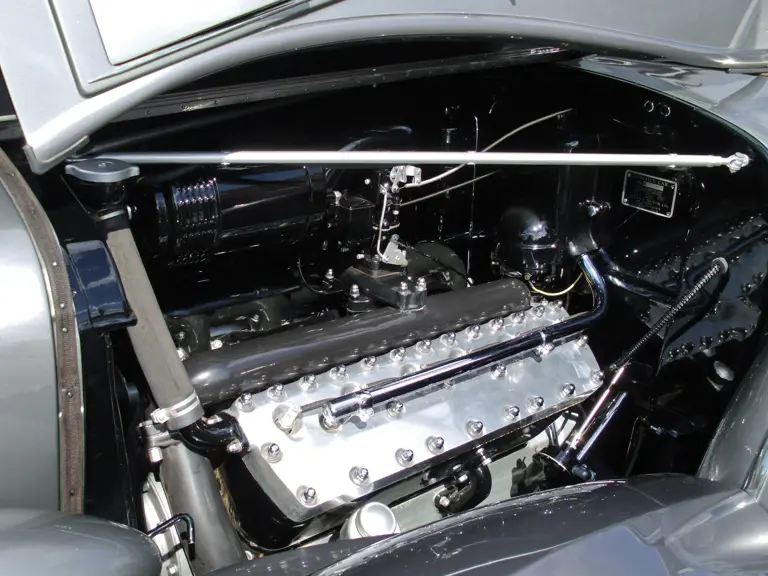
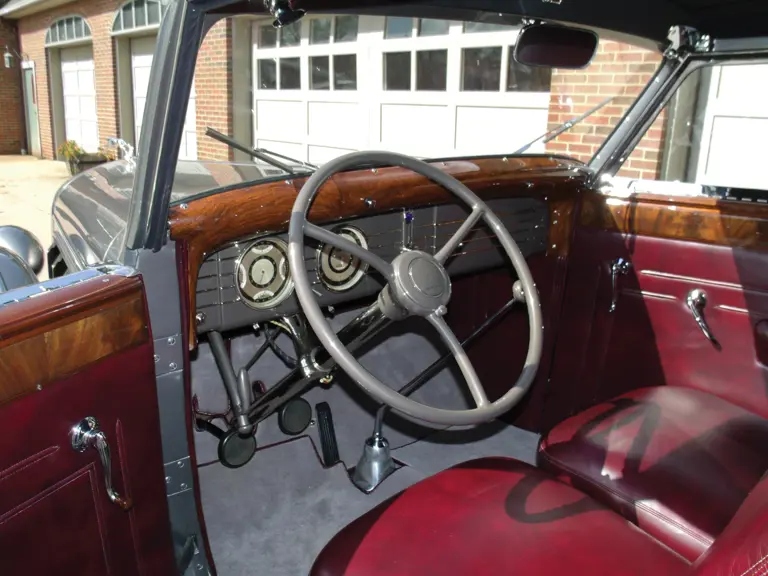
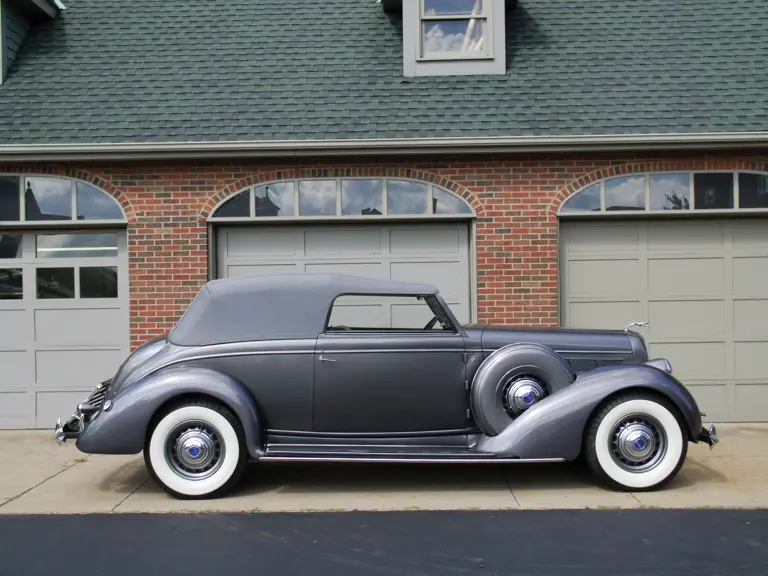
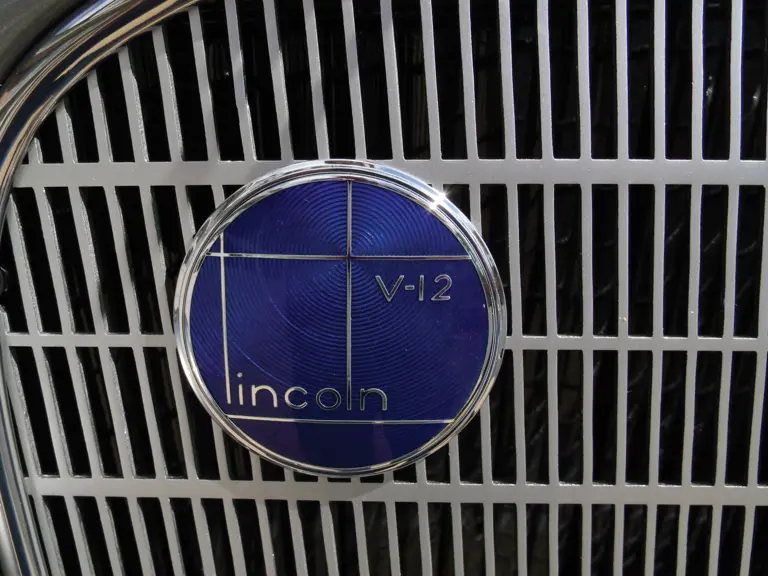
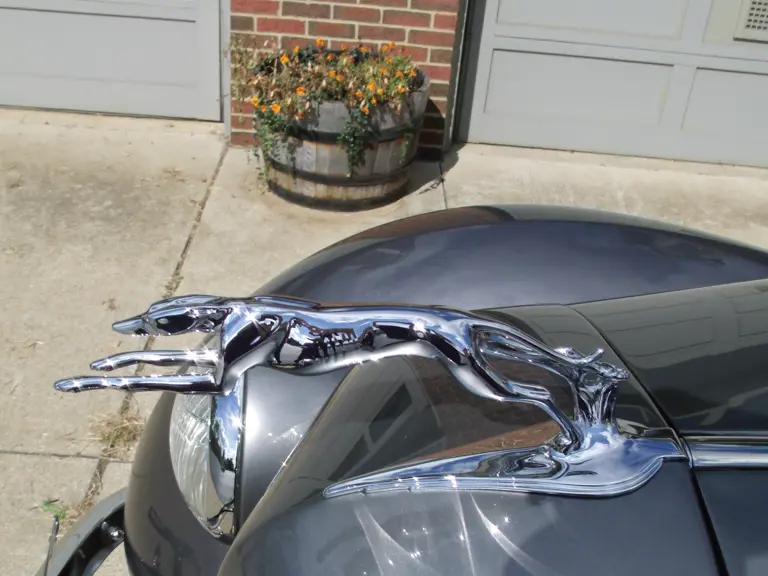
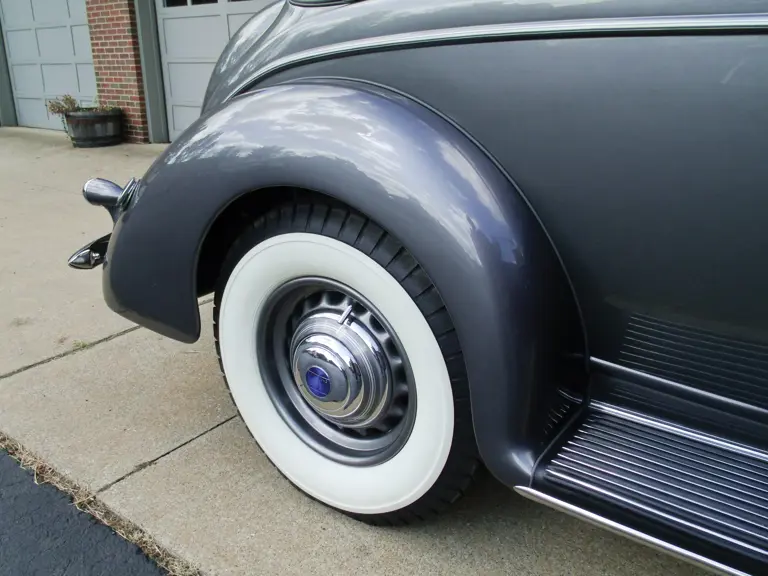

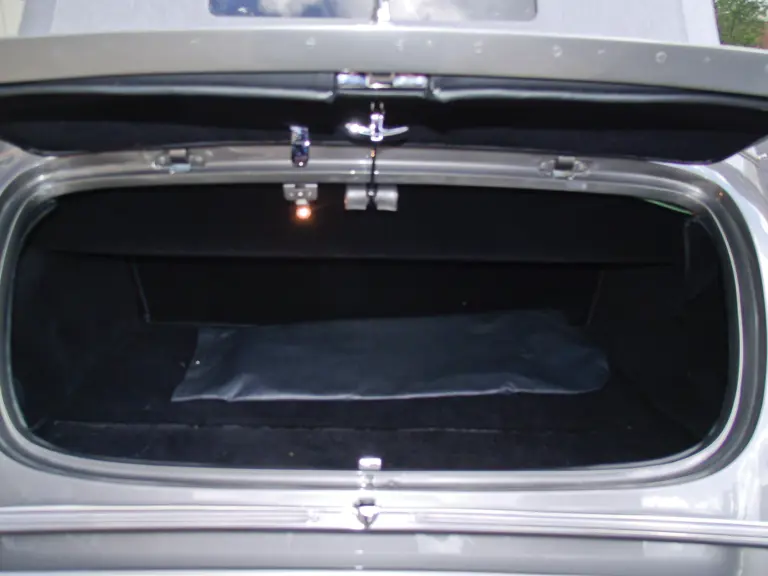
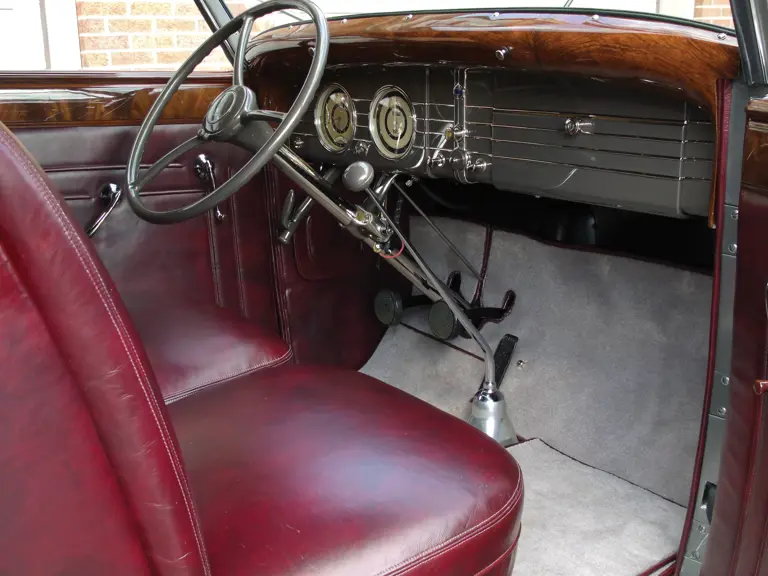
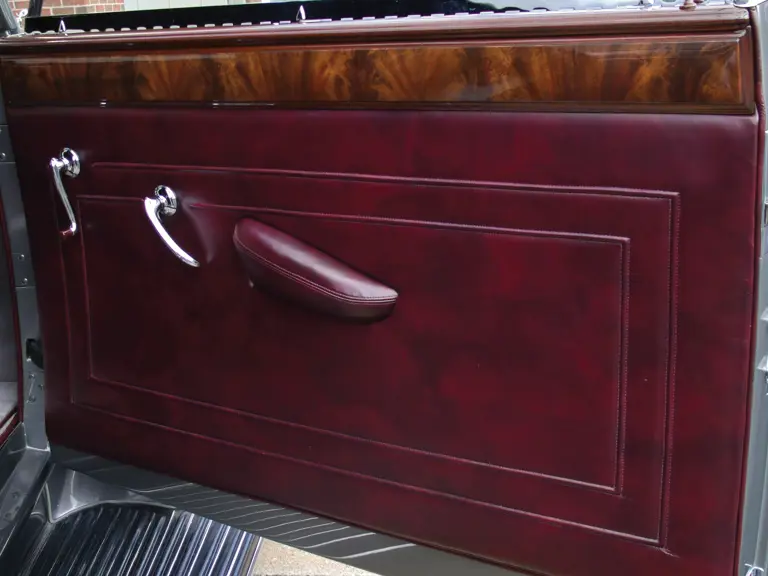
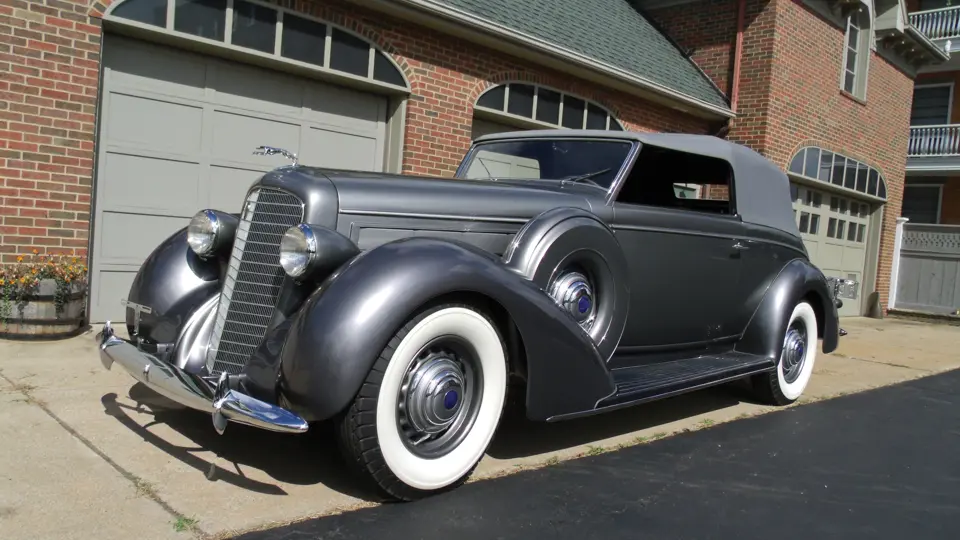
 | Hershey, Pennsylvania
| Hershey, Pennsylvania
